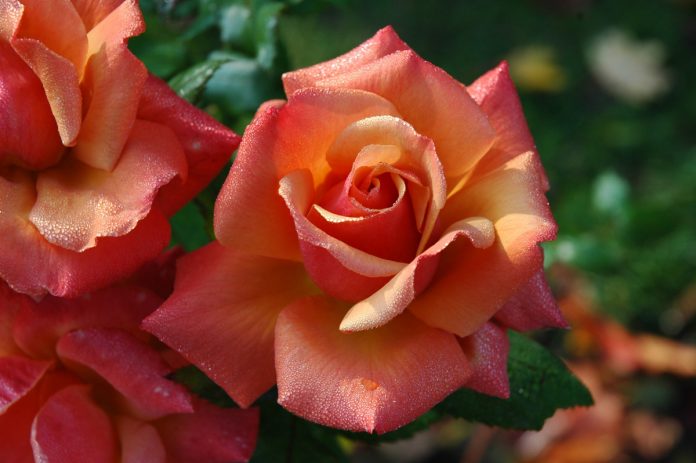Roses are undoubtedly one of the most beautiful and popular flowers in the world. They come in a wide variety of colors, shapes, and sizes, and they can be used to enhance the beauty of any garden or landscape. However, growing roses is not always an easy task. It requires proper care and attention to detail to ensure that your plants thrive and bloom to their full potential.
In this guide, we will walk you through some of the essential steps to growing beautiful roses, from finding the best location to controlling pests and diseases.
Location and Soil
The first step in growing healthy roses is to choose the best location for your plants. Roses need at least six hours of direct sunlight every day, so make sure you choose a spot that gets plenty of sun. They also need well-draining soil that is rich in organic matter, such as compost or manure.
When preparing your soil, make sure it is loose and airy, as compact soil can lead to poor growth and disease. You should also test your soil’s pH level and adjust it if necessary. Roses prefer a slightly acidic soil with a pH between 6.0 and 6.5.
Planting
When planting your roses, make sure you dig a hole that is deep enough to accommodate the roots and wide enough to allow for good drainage. Gently loosen the roots and remove any damaged or broken ones before placing the plant in the hole. Fill the hole with soil, making sure the plant is at the same depth as it was in its container. Water your plant thoroughly to help settle the soil and eliminate air pockets.
Pruning
Pruning is one of the most important aspects of growing healthy and beautiful roses. It not only helps to shape the plant but also promotes new growth and prevents diseases. The best time to prune roses is in late winter or early spring when the plants are dormant. Use sharp and clean pruning shears to remove any dead or diseased wood, weak growth, or crossing branches. Cut the stems at a 45-degree angle, just above the outward-facing buds. For hybrid teas and floribundas, leave three to five strong stems, while for climbing roses, leave the strongest four to six shoots.
Fertilizing
Roses are heavy feeders, and they require regular fertilization to thrive. Use a balanced fertilizer with equal amounts of nitrogen, phosphorus, and potassium, such as 10-10-10 or 12-12-12. Apply the fertilizer during the growing season, starting in early spring and ending in late summer. Follow the instructions on the package carefully, as over-fertilization can burn the roots and cause damage. Water the plants thoroughly after applying the fertilizer to ensure that the nutrients reach the roots.
Mulching
Mulching is an excellent way to conserve moisture, suppress weeds, regulate soil temperature, and improve soil structure. Use organic mulch, such as shredded bark, straw, or leaves, and apply it around the base of the plant, leaving a gap of a few inches around the stem to prevent rot. Apply a layer of two to three inches thick, and replenish it every year. Avoid piling up the mulch too high, as it can suffocate the roots and attract pests.
Winter Protection
Winter protection for roses is crucial to ensure their survival and health during the colder months. Here are some tips:
1. Mulch: Apply a layer of mulch around the base of the rose bush. This will help regulate soil temperature and retain moisture, which will keep the roots healthy.
2. Pruning: Remove any dead or diseased wood from the plant. This will help prevent the spread of disease and encourage new growth in the spring.
3. Don’t fertilize: Stop fertilizing roses in late summer to allow the plant to harden off and prepare for winter.
4. Protect from wind: Strong winds can damage rose canes and even uproot the plant. Provide a windbreak if needed.
Pest Control
Identify the pest: Proper identification is key to effective control. Some pests that commonly affect roses include aphids, spider mites, thrips, and Japanese beetles.
Use insecticidal soap: This is a low-toxicity option for controlling many common rose pests. Follow the label instructions carefully.
Neem oil: This is another natural pesticide that can be effective against a range of pests.
The Author:
Pioneerthinking.com – Ingredients for a Simple Life.
Photo. Pixabay
